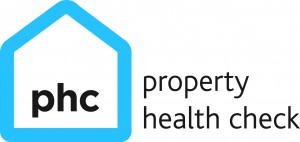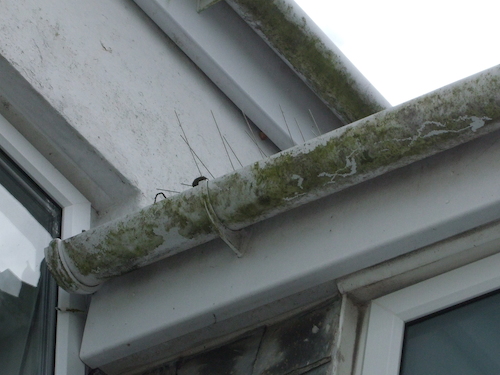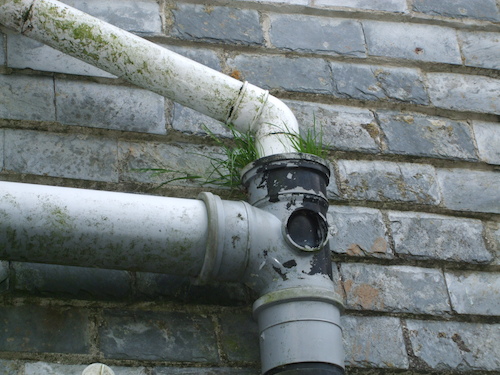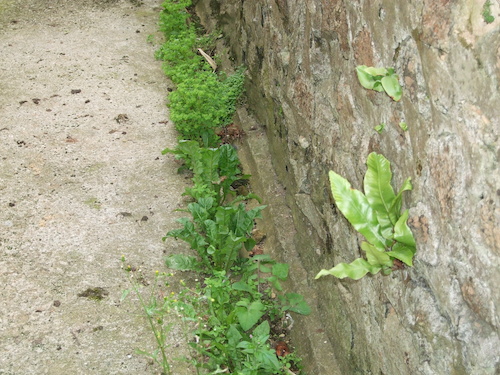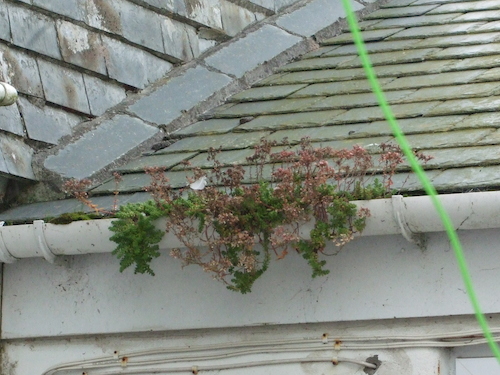History
Property originally on the market at £345,000, but reduced to £325,000 as price unrealistic due to prevailing market conditions. Vendors of the property did not want to accept an offer lower than £320,000, but agreed at £310,000 after six months, subject to survey and valuation.
Subject Property
A semi-detached house built circa 1900 with three bedrooms, three bathrooms, attic room, two living rooms, kitchen, conservatory, small rear patio garden and parking to front via shared driveway.
Defects
The following defects were identified during the course of a survey inspection on behalf of the purchaser. None of the defects in their own right would normally be considered as significant, but when combined in the context of a survey had significant implications on the overall condition of the property and likely cost of remedial works. All defects were capable of being remedied by the vendors or appointed handymen if necessary.
Externally:
Blocked gutters. Defective downpipes. Blocked drain gullies. Blocked surface gully and rainwater channel with plant and weed growth. Blocked valleys to new roof covering. Loose and defective external timberwork. Dirty uPVC gutters, windows and fascia boards. Part un-painted elevation walls. Loose and peeling paintwork. Unprotected mains water riser and leaking external stop tap. Excessive plant growth and boundary hedge growth surrounding entrance door, restricting access. Evidence of mains drainage being recently blocked on lifting cover to chamber. Minor repair and maintenance required to boundaries and general tidying of rear garden, side access and front parking area.
Internally:
Lack of insulation within main roof void, including cold water storage tank and surrounding pipes. Window reveals poorly finished where new Veluxes installed. Damp penetration due to defective gutters. New bare plaster undecorated. Damage to surface decorations due to damp penetration. Boiler not serviced. Inadequate kitchen facilities. Flue to woodburner not swept. No recent test for electric circuits.
General Comment:
The whole property was poorly presented with a large amount of general clutter and personal belongings throughout, rendering access to many rooms very difficult, thus raising the question of probable further defects hidden from view given defects identified internally and externally.
Conclusion
Property down-valued to £300,000 in order to accommodate works, even though it was likely that the remedial works necessary would not have cost £10,000 to rectify. All of the above could have been attended to by the vendors and all would have been identified had a Property Health Check been undertaken either by the vendors downloading the video from this site or commissioning their own personal Defects Report at the beginning of the sale process. Purchasers contemplated withdrawing prior to renegotiating due to defects identified in survey.
